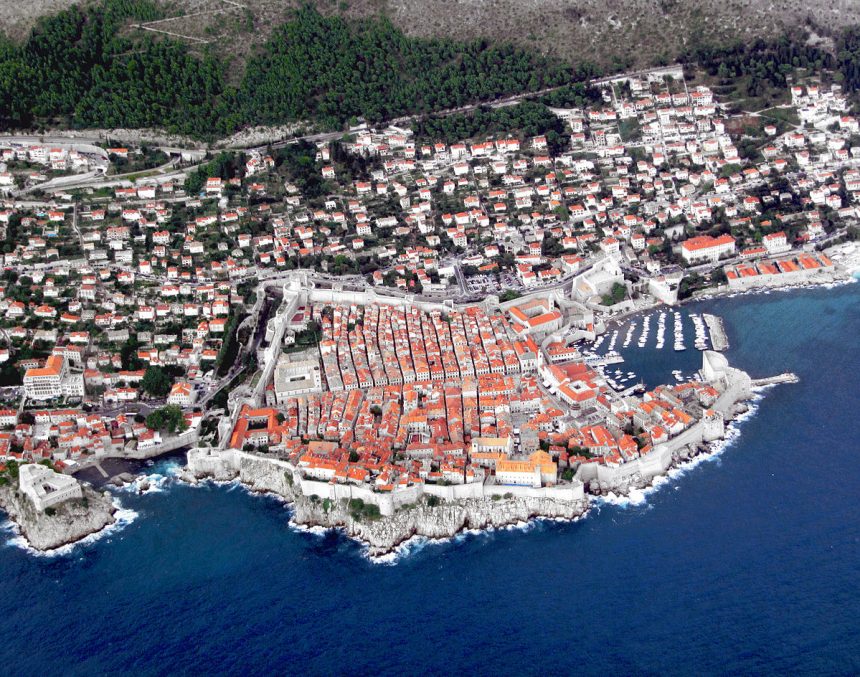During my tour in the Balkans, I visited the city of Dubrovnik in Croatia on the Adriatic coast, which is one of the most prominent tourist destinations on the Adriatic Sea. As I wandered through the old historic center of Dubrovnik, I understood why it was included in the UNESCO World Heritage Sites list, due to its rich heritage and Renaissance-era architecture. Previously known by its Italian name Ragusa, Dubrovnik was the capital of the Republic of Ragusa, built by the people of the Italian city of Venice over 800 years ago.
The Pearl of the Adriatic
Dubrovnik is known as the “Pearl of the Adriatic” because of its unparalleled architectural heritage. Its streets, made of shining marble, are lined with baroque-style buildings interspersed with beautiful Renaissance-era fountains. Its intact and stunning walls stand proudly by the Adriatic Sea, contributing to its UNESCO World Heritage Site status and unique charm.
Located in Eastern Europe on the southern coast of Croatia, Dubrovnik is renowned for its numerous tourist attractions and diverse entertainment opportunities, including the well-preserved historic old town and ancient architectural marvels. It is considered one of the most beautiful tourist cities in Croatia.
The coastal Dalmatian cuisine in Dubrovnik is heavily influenced by Italian food, with a focus on fresh seafood usually grilled and served with local olive oil, garlic, and a hint of lemon. While restaurants in the old town are among the most expensive in the city, they offer an unparalleled array of delicious dishes.
Dubrovnik boasts a fascinating history, which can be explored in its distinctive old town surrounded by massive white stone walls originally completed in the 16th century. Walking along these walls provides a good sense of the city’s size, layout, and rich history.
Taking a tour of the old town helps uncover some of the historical context of this complex and amazing city, while enjoying a leisurely stroll through its cobblestone streets and discovering the quieter areas of the city.
Tourists don’t just visit Dubrovnik as a tourist destination, but as a complete tourist experience. Its moderate climate due to its strategic location on the southern edge of the Croatian coast, as well as its green spaces and forests filled with pine trees, add to its charm. The city’s charm has endured for over 1300 years, as the beauty of the city emerges with the dawn, with the sun slowly creeping over the horizon towards Fort St. John and then the old harbor, ending at the bell tower in the city center.
Walking in Dubrovnik at noon, especially within the old neighborhoods and narrow stone-paved streets, ending at the harbor and surrounding beaches, is a delightful experience. Visitors can also visit the Sponza Palace, one of the most beautiful palaces in Europe dating back to the Middle Ages, where the influence of Gothic art is evident.
Source: Gulf Tourism News

